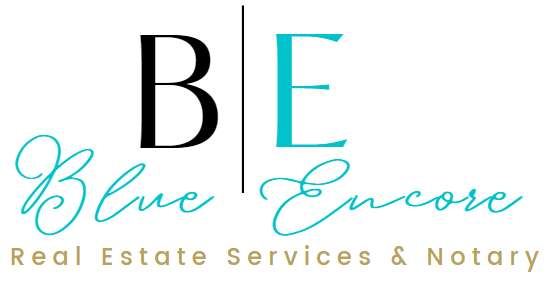Housing Market Forecast 2022: Will It Crash or Boom in 2022
Mortgage rates at record lows and a lack of available inventory are sustaining the US housing market’s demand. While affordability concerns continue to grow, low mortgage rates, increased savings, and a strengthening job market all contribute to making homeownership more accessible to a wide number of prospective buyers. However, will the housing market ever crash? Let’s look at the most recent trends in 2021 and housing market predictions for 2022.
In 2020, the number of home sales increased significantly and surpassed 2007 levels. Despite the economic uncertainty caused by the pandemic, many buyers took a more serious approach to homeownership than ever before. It resulted in a massive, but brief, increase in homeownership as a result of drastically reduced spending. The housing market has been particularly robust this year, with high demand for homes in almost every area of the nation.
The real estate market has emerged as a boon for sellers and a source of worry for buyers in the middle of this epidemic. Home prices have been increasing in the mid-single digits for many years. Recent double-digit price rises reflect the convergence of exceptional demand and chronically low supply. Prices are increasing as a result of enough money on the sidelines and very low mortgage rates.
The improving economy and the approaching peak homebuying years of millennials are driving a residential housing boom. The housing supply is now at its lowest level since the 1970s, due to millennial homeownership and other factors such as rising building prices and real estate speculators snapping up starter homes.
The Census Bureau has released its most recent quarterly report, which includes data through the third quarter of 2021. Seasonally adjusted, the homeownership rate for Q3 is 65.4 percent, down from 65.4 percent in Q2. Additionally, the nonseasonally adjusted Q2 figure is 65.4 percent, which is unchanged from the Q2 2021 figure.
Low mortgage rates, coupled with more work-from-home possibilities created by the pandemic, have also fuelled a rise in housing demand, especially in lower-density suburbs. Detached single-family houses continue to be in great demand. These properties provide greater living space and separation from adjacent houses than attached properties provide.
We’ll examine current real estate trends, including price and rent increases, housing sales and supply, mortgage rates and delinquencies, and other key industry takeaways and insights into the US housing market.
The Housing Market’s Current Trends: Crash vs Boom?
In November, the housing markets are demonstrating signs of rebalancing, as evidenced by a steady pace of transactions and more moderate price growth. As more homeowners list their homes for sale, these homes remain on the market for longer periods of time. Despite this, buyers must be prepared to act quickly, even if they get a few additional days to decide. While the housing market remains largely a seller’s market due to demand still outpacing supply, it is clear that things are changing. More homes are coming on the market, and the number of bidding wars has decreased significantly.
Forecasting home price appreciation is a challenging task. While inventory has increased slightly, it remains significantly below pre-pandemic levels and is simply unable to meet current demand. The latest housing news has Zillow revising its 2022 real estate forecast. They released a bullish 2022 forecast in September, predicting that home prices in the United States would rise another 11.7 percent over the next 12 months.
However, the real estate listing site now claims that their previous forecast was too pessimistic. They published a new report predicting that home prices in the United States will increase 13.6 percent between October 2021 and October 2022, and to end 2021 up 19.5% from December 2020.
While Zillow’s forecast is bullish, it is also a bit of an outlier when compared to CoreLogic’s forecast for a 2.2 percent increase in US home prices. On the other hand, Freddie Mac’s forecast is more bullish than Zillow’s. The FMHPI is an indicator for typical house price inflation in the United States. It indicates that home prices increased by 11.3 percent in the United States in 2020 as a result of robust housing demand and record low mortgage rates.
Growth is expected to slow to 7 percent in 2022, according to their latest forecast. The pace of home sales has cooled since the first quarter of 2021 when it was at 7.2 million. Freddie Mac predicts home sales to hit 6.8 million for the full years 2021 and 2022. Additionally, they forecast house price growth of 16.9% in 2021. However, they expect house price growth to slow to 7.0% in 2022.
Strong house price growth is expected to lift home purchase mortgage originations from $1.9 trillion in 2021 to $2.1 trillion in 2022. With a higher mortgage rate forecast for 2022, they anticipate refinancing activity to soften, with refinancing originations declining from $2.6 trillion in 2021 to just below $1.0 trillion in 2022. Overall, Freddie Mac predicts that total originations will decline from $4.5 trillion in 2021 to $3.1 trillion in 2022.



 the Federal Housing Finance Agency (FHFA) today entered into a first-of-its-kind collaborative agreement regarding fair housing and fair lending coordination.
the Federal Housing Finance Agency (FHFA) today entered into a first-of-its-kind collaborative agreement regarding fair housing and fair lending coordination.